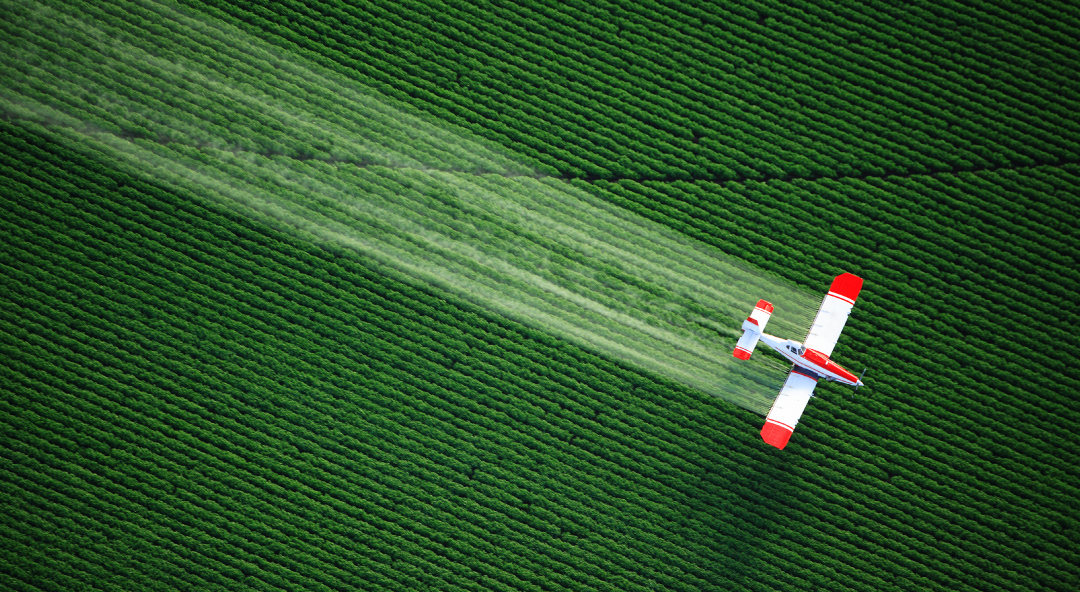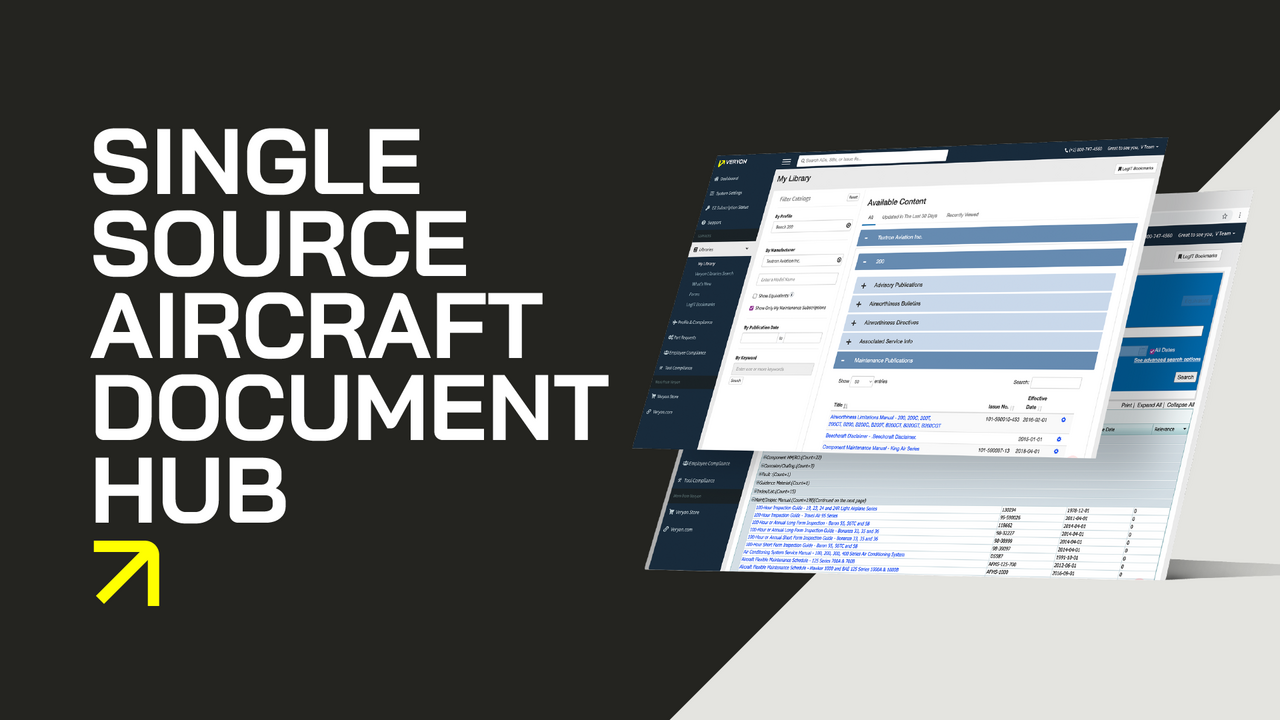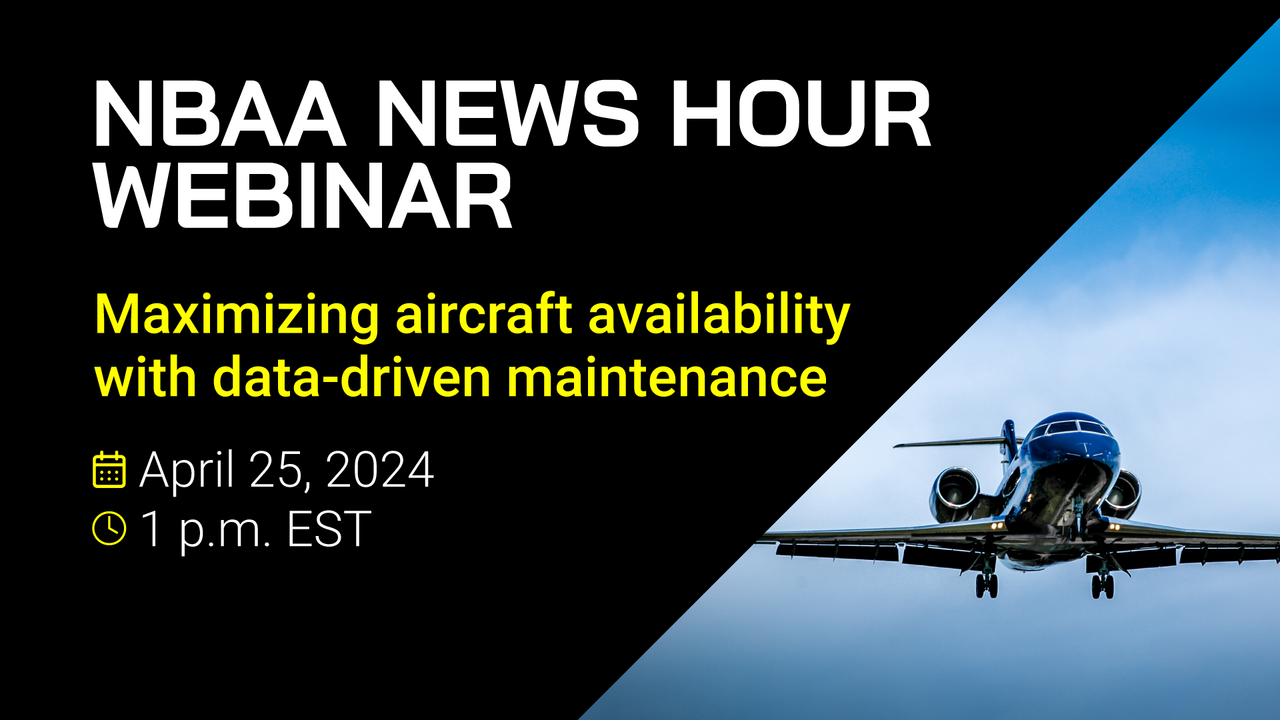
What is Aerial Application?
Just over 100 years ago, on Aug. 3, 1921, an aerial crop dusting experiment conducted by a U.S. Army pilot flying a modified Curtiss JN-6 “Super Jenny” launched the agricultural aviation industry, which grew throughout the 20th century to become an essential tool in agricultural production.
A small but vital part of both the aviation and agricultural industries, the modern ag aviation industry, also known as aerial application, consists of small businesses and pilots that use aircraft and innovative technologies to aid farmers in producing a safe, affordable and abundant supply of food.
This year, the National Agricultural Aviation Association (NAAA) celebrated the 100th anniversary of the aerial application industry, including at its Ag Aviation Expo in Savannah, GA, the largest agricultural aviation convention and trade show in the world.
ATP congratulates and thanks NAAA for its decades support and advocacy for ag aviation! To join in recognizing the importance of this industry to American businesses and communities, we’ve put together this overview explaining what aerial application is in a little more detail.
Benefits to Farmers & Public Health
According to the NAAA, aerial applicators in the early days of the industry were known as crop dusters, because they applied dry chemicals such as insecticides to farmland, but today’s aerial applications are mostly liquid products that help grow American agriculture and control pests and diseases.
Farmers rely on ag planes not only for fast and efficient crop protection, but also application of plant nutrients and the seeding of cover crops critical to modern soil conservation. In addition to supporting farmers, aerial applicators also protect forestry and play a role in protecting public health by combating mosquitoes carrying diseases such as West Nile virus.
Benefits of aerial application to farmers include:
• Enabling large and often more rural and remote areas to be treated faster than other forms of application
• Giving farmers access to crops where ground equipment cannot operate (for certain environmental conditions, it is the only option to provide treatments effectively)
• Being conducive to higher crop yields and non-disruptive to crops by treating from above
As a result of ag aviation companies, American farmers are using less land, more efficiently, to feed more people than ever. As reported by NAAA, while the world population has increased 77% since 1980, total land used for farming in the U.S. is 12% lower today than it was 40 years ago. U.S. Department of Agricultural statistics also show the country’s farm output has tripled in the last 70 years.
Technological Innovation
It is the technological advances and innovations in ag aviation that have made it possible for farmers to be more efficient and productive with their crop output while using less land than in the past.
“We’re not out just buzzing fields and spraying; there’s some serious hard-core science and technology that goes into this,” said Dr. Brad Fritz, research ag engineer, USDA Aerial Application Technology Group, in an NAAA video titled “Agriculture’s Air Force: 100 Years of Aerial Application.”
“We have people who are innovative, and they come up with the products that keep us in business,” added Mark Kimmel, agricultural aviation owner/operator.
NAAA reports that for such a small industry, aerial applicators – also referred to as agricultural pilots or ag pilots – have an outsized effect on agricultural output. The tight-knit industry includes more than 1,500 aerial application businesses and 3,400 ag pilots in the United States, including about 2,000 hired pilots and 1,400 owner/operator pilots, who conduct aerial applications in all 50 states.
Environmentally Sustainable
Over the decades, what the technological leaps and improvements in ag aviation have meant for farmers is that providing a plentiful, healthy and economical food supply has not come at the expense of environmental sustainability.
“As a mom, I worry about what my kids eat. I want our Earth to be around for them later to enjoy. I think it’s really important that we have agricultural aviation as a really significant tool for growers to continue to create large yields to feed a growing population,” said Erin Morse, agricultural aviation owner/operator, in the NAAA video “Aerial Applicators’ Growing Role: 100 Years of Agricultural Aviation.”
Some of the environmental benefits and best environmental practices of aerial application include:
• Cover crops – Aerial application of cover crops helps control erosion, retain soil nutrients, improve water quality, and break disease and insect cycles.
• Yield benefits – The ability of aerial application to treat in multiple conditions results in better timing, enabling farmers to treat crops more effectively.
• Ag container recycling – Aerial application operators have joined together to safely collect and recycle empty pesticide containers.
More Resources for Aerial Applicators
ATP’s Aviation Hub is used by aerial application operators needing quick access to fully integrated regulatory guidance and aviation maintenance publications to support their operations. Owner/operators who are always on the go can easily access content anytime, anywhere, through the ATP Aviation Hub mobile app.
Aviation Hub features include:
• Comprehensive, 24/7 access to regulatory content and aircraft technical publications from hundreds of manufacturers, including Thrush Aircraft, AgCat and Air Tractor
• Advanced search features to help you find the information you need fast
• Compliance tools that let you compile, generate and save customizable reports
Learn more about ATP’s Aviation Hub.
About ATP.
ATP is the leading provider of aviation software and information services.
Our innovative product lines, including Flightdocs, Aviation Hub, ChronicX, and SpotLight, reduce operating costs, improve aircraft reliability, and support technical knowledge sharing and collaboration in all aviation and aerospace industry sectors.
The products and services of ATP support more than 75,000 aircraft maintenance professionals worldwide. As a global company, ATP has more than 7,500 customers in 137 countries and partnerships with over 90 OEMs.



